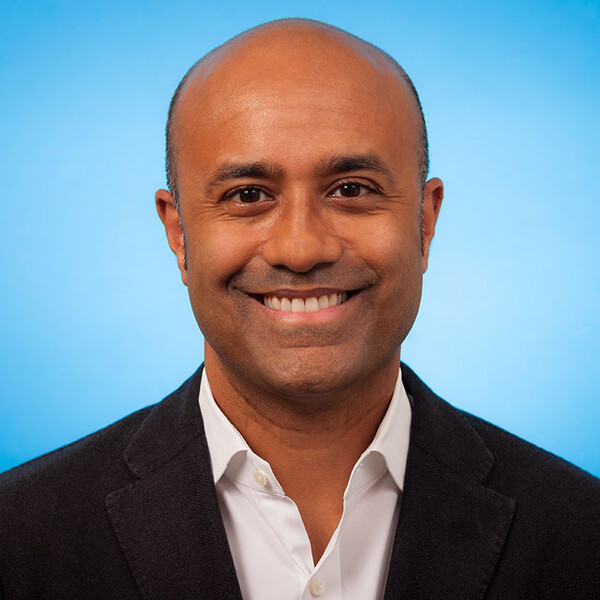Sunit Das

Administrative Assistant: Shamim Sumar, shamim.sumar@unityhealth.to
Research Synopsis
Our lab is interested in epigenetic regulation of cell identity in normal neural stem cells and glioblastoma.
Project #1. We are interested in the role of long non-coding RNAs (lincs) in the control of cell fate in physiology and disease. In collaboration with Dr Phil Marsden, we have identified a novel linc, LIVE1, that mediates vascular maturation during normal blood vessel formation and coordinates angiogenesis in glioblastoma. Our current studies have focused on clarifying the mechanism by which LIVE1 acts, and in determining the role of linc-mediated angiogenesis in glioma biology. Interestingly, we have found that LIVE1 is also highly expressed in metastatic but not primary melanoma and breast cancer. These findings, while preliminary, are very exciting and will instigate work in our lab to determine if LIVE1 has a role in metastatic progression in melanoma and breast cancer.
We have also begun work to identify lincs that are associated with the stem cell phenotype in NSCs and in glioblastoma.
Project #2. In a collaborative effort with Dr Warren Chan (Department of Chemistry, University of Toronto, http://inbs.med.utoronto.ca), we are working to develop nanobead-based imaging of glioma progression using CLARITY. We have developed a mouse model that will allow us to employ CLARITY to study glioma progression in the intact brain. This approach will elucidate our limited understanding of glioma cell invasion in the undisturbed state, and will serve as a model for future study of the mechanisms that underlie glioma progression. We will work closely with Dr Chan’s lab to develop nanobeads that can target glioma cells in the tumour and brain microenvironments.
Project #3. We have identified a quiescent CSC population in glioblastoma that is resistant to chemotherapy and responsible for tumour recurrence following treatment. Cell cycle entry in these cells is regulated though a double negative feedback loop involving ZEB1 and the mir-200 family, which are activated by TGF-β and BMP signaling, respectively. We are working to delineate the mechanisms that control cell signaling in the glioma microenvironment and make sense of the effect of genomic signature on glioma behavior in this context.
Project #4. We performed a systematic review of the results of high-throughput screens from multiple CSC and physiologic stem cell systems to identify possible mediators of the stem cell phenotype in glioblastoma. Based on these results, we chose to study indomethacin, a chemical inhibitor of cyclooxygenase-2, and antagonist of prostaglandin E2. Using in vitro studies and a mouse xenograft model, we have subsequently shown that inhibition of COX-2 using indomethacin or siRNA-mediated knockdown results in inhibition of the CSC phenotype in glioblastoma, and enhances the efficacy of temozolomide chemotherapy in its treatment. We recently uncovered a direct interaction between PGE2 and Wnt signaling in GSCs, which have been shown to direct bone marrow regeneration following HSC ablation and to be disregulated in acute lymphocytic leukemia. We have begun a collaboration with Dr. Cindi Morshead to examine this possible interplay of COX-2 and Wnt signaling in NSCs and glioblastoma.
